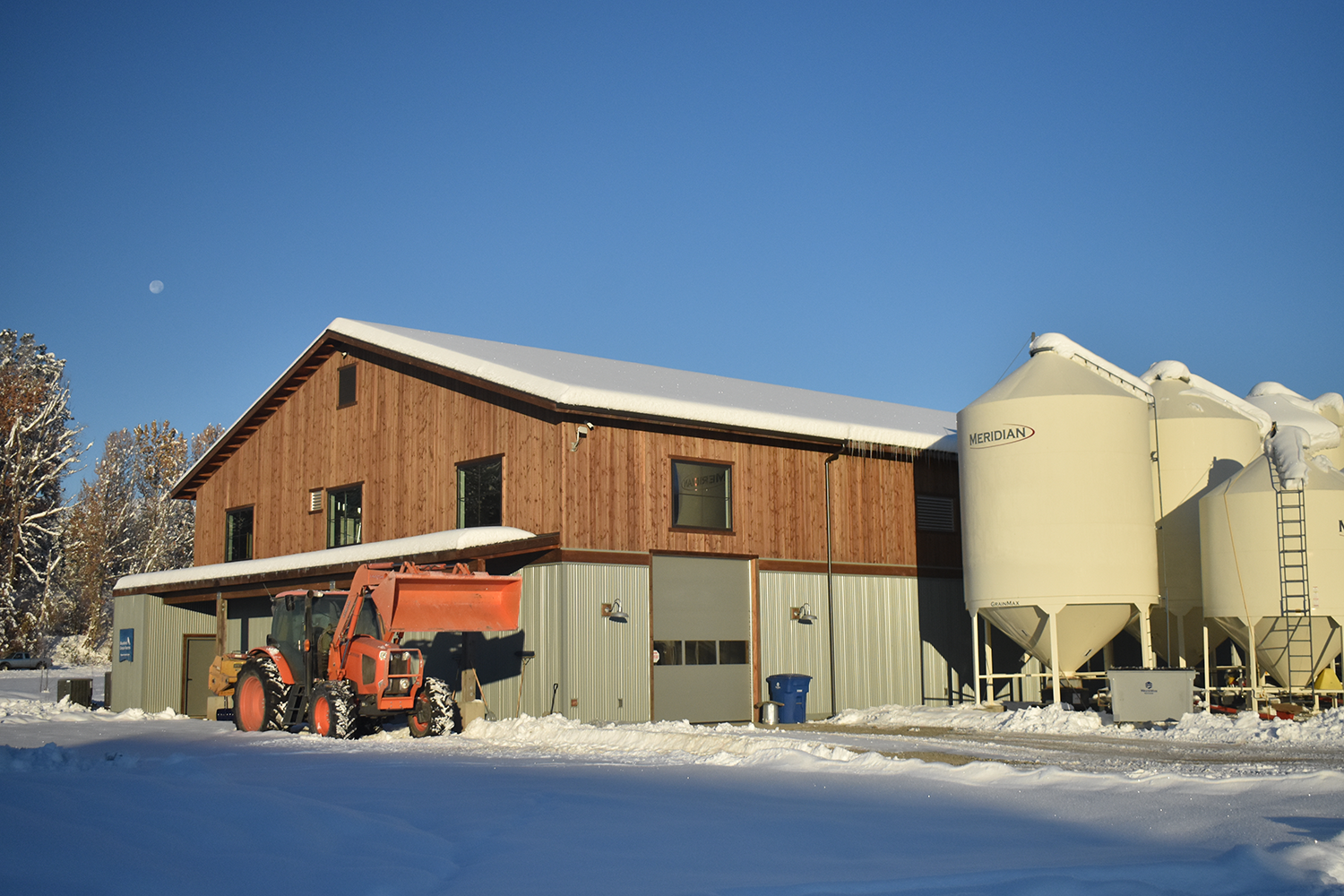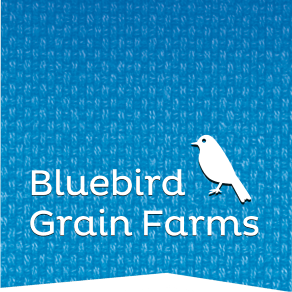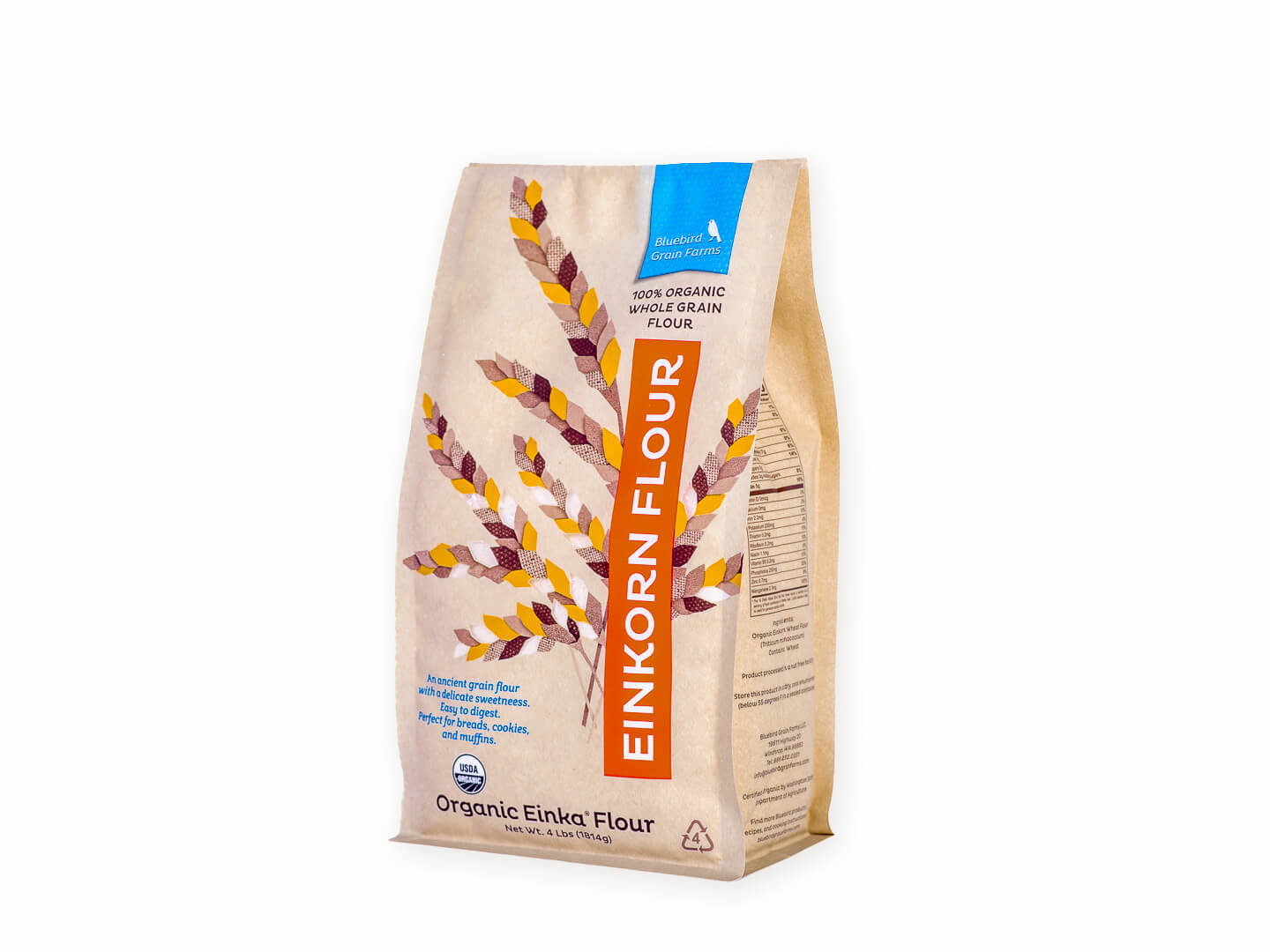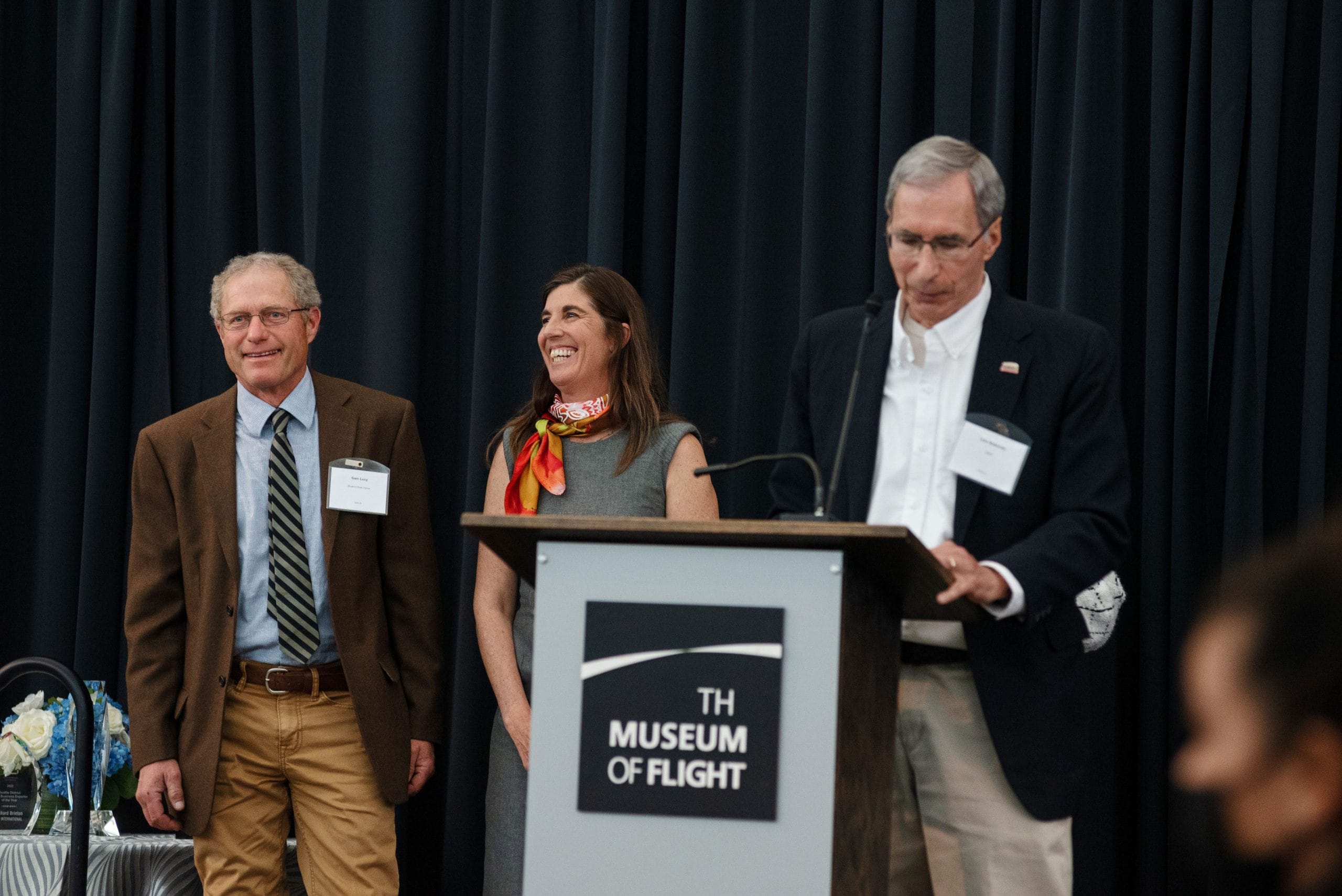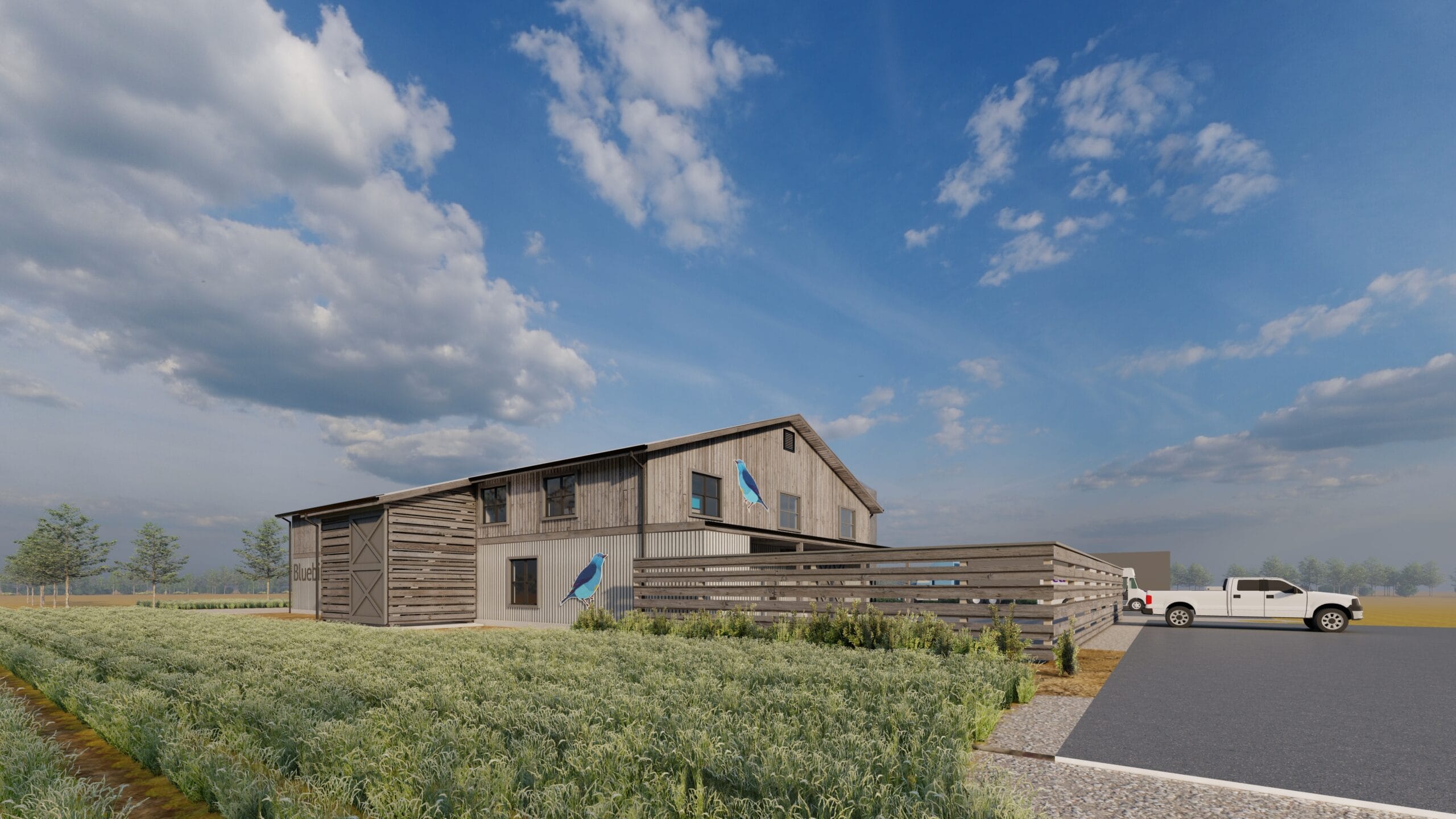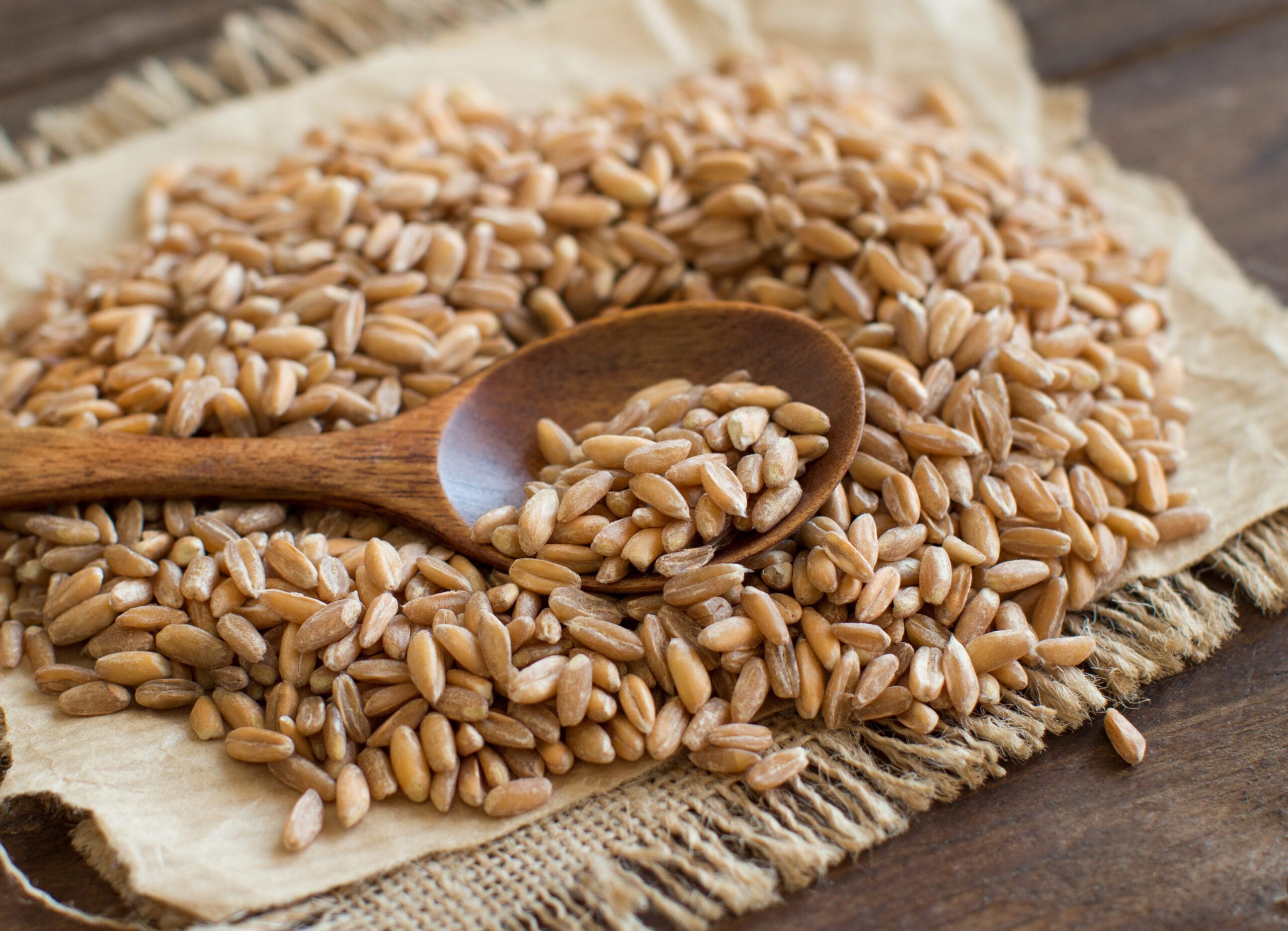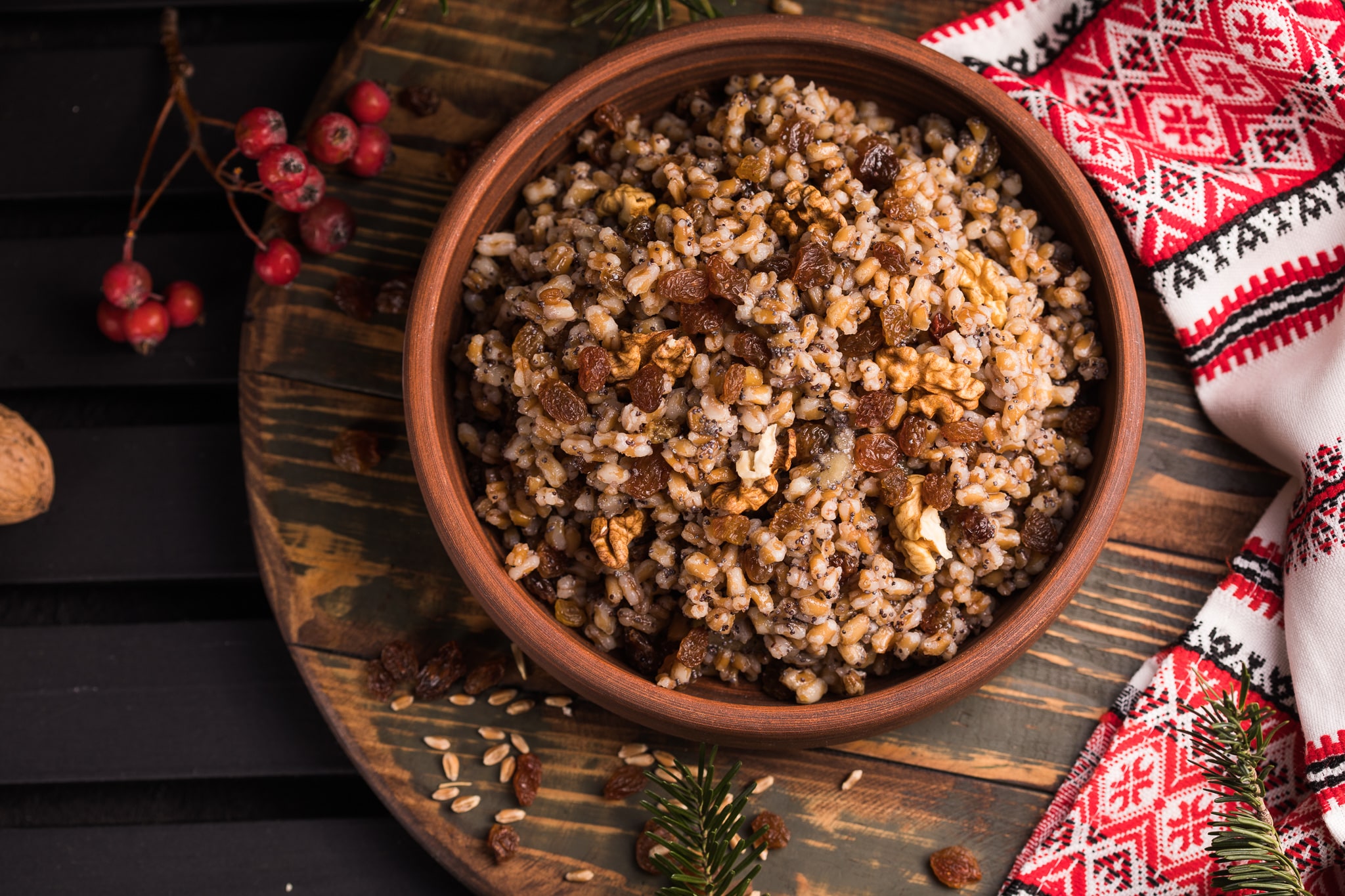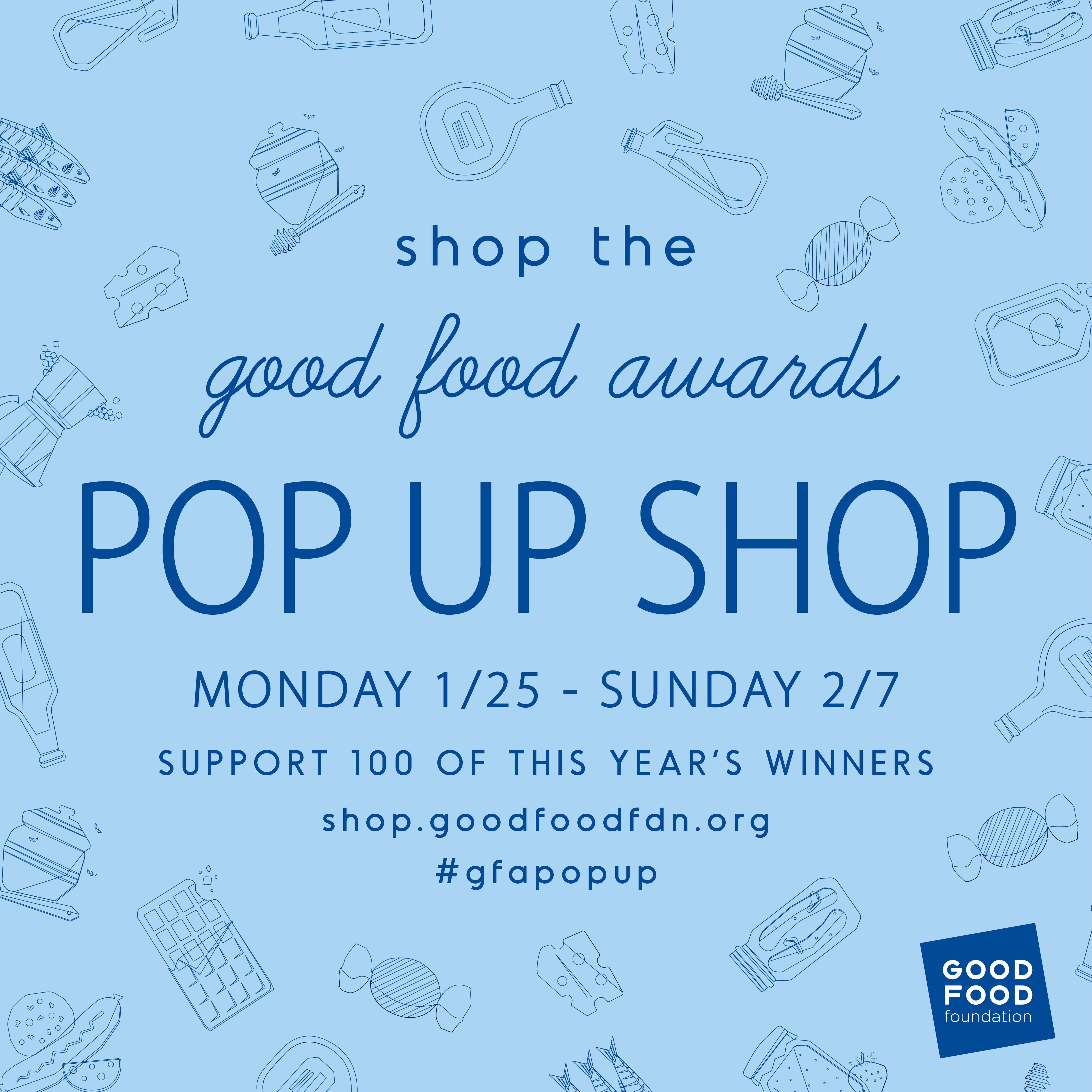Good Food Awards Announces the 244 Winners of 2022.
We are honored to have our Cracked Farro Porridge as one of the 244 Good Food Award Winners of 2022. Our Cracked Farro Porridge is finely cracked, from our whole grain Emmer Farro. Just one ingredient, pure and simple. Always cracked, fresh, to order. Cracked Farro Porridge can be used as a hot cereal or be prepared as a polenta, savory style, or used as a soup enhancer, as shown in our Cauliflower soup recipe. In celebration of our award we are offering 15% off all of our cracked farro porridge items, now through February 6th. For recipes and information about our Cracked Farro Porridge, please click HERE.
“The Good Food Foundation exists to celebrate, connect, empower and leverage the passionate and engaged, yet often overlooked, players in the food system who are driving towards tasty, authentic and responsible food in order to humanize and reform our American food culture.” To Find more information about the Good Food Foundation please click HERE.
For the first time, a live pop up shop stocks the award-winning food and drink from 39 States & D.C. through January San Francisco, CA (January 14, 2022) – The Good Food Foundation is thrilled to introduce the 244 exceptional crafters of food and drink from 39 states and Washington, D.C. who rose to the top to become 2022 Good Food Award Winners. With safety in mind, the Awards Ceremony has been postponed to Friday, March 4, and will be preceded by the San Francisco Good Food Mercantile on Thursday, March 3 (tickets here). To mark the announcement of the Winners today, both Alice Waters and René Redzepi, legendary chef of Noma, sent congratulatory videos. Speaking to the sustainability and social responsibility practices of the Winners, Redzepi noted: “I believe it is our collective efforts that can turn the tide and ensure our shared earth will survive. You are the champions of the future, and you are leading the way.” This year’s Good Food Award Winners hail from 39 states and Washington, D.C. Chosen in a blind tasting from thousands of entries before passing a further sustainability and social responsibility vetting process, nearly half of the Winners are first-time awardees. 56% of the Winners are woman-owned businesses and one in six are BIPOC-owned businesses. Across 18 categories, each recognized crafter demonstrated exceptional taste and a deep commitment to building a more sustainable, just food system.
For those eager to taste these extraordinary products, over 100 of the winning food and drink – many not typically available in the Bay Area – are stocking shelves for a limited time only at the two-week Good Food Shop in the Ferry Building (within The Epicurean Trader storefront, January 15-30). THE FULL LIST OF 2022 GOOD FOOD AWARD WINNERS CAN BE FOUND HERE.
